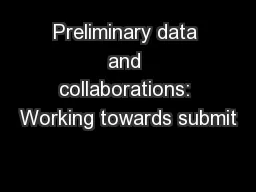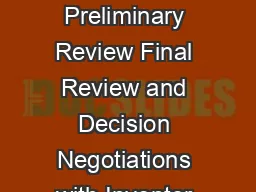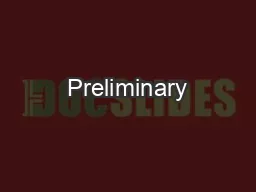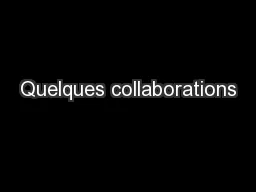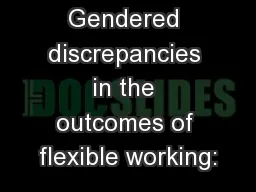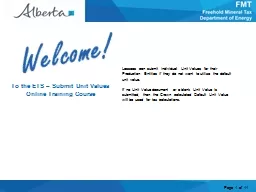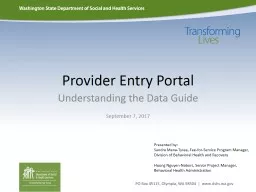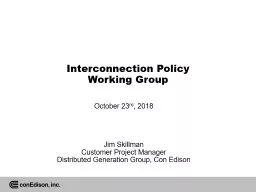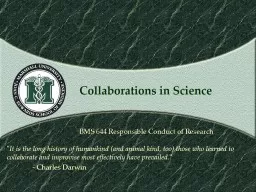PPT-Preliminary data and collaborations: Working towards submit
Author : pamella-moone | Published Date : 2016-09-05
David Finn PhD Lecturer in Pharmacology SFI Principal Investigator CoDirector of the Centre for Pain Research DavidFinnNuigalwayie Tel 353 091 495280 httpwwwnuigalwayiepharmacologyDrDavidFinnhtml
Presentation Embed Code
Download Presentation
Download Presentation The PPT/PDF document "Preliminary data and collaborations: Wor..." is the property of its rightful owner. Permission is granted to download and print the materials on this website for personal, non-commercial use only, and to display it on your personal computer provided you do not modify the materials and that you retain all copyright notices contained in the materials. By downloading content from our website, you accept the terms of this agreement.
Preliminary data and collaborations: Working towards submit: Transcript
Download Rules Of Document
"Preliminary data and collaborations: Working towards submit"The content belongs to its owner. You may download and print it for personal use, without modification, and keep all copyright notices. By downloading, you agree to these terms.
Related Documents

